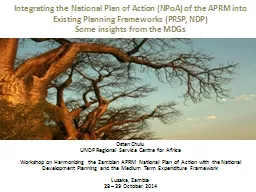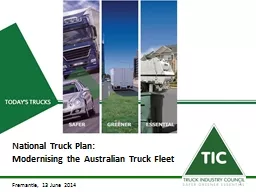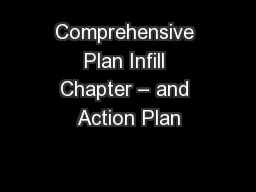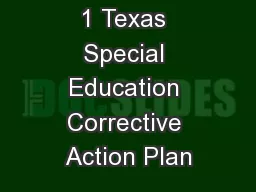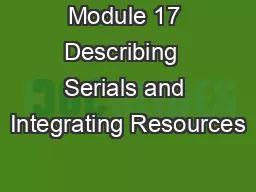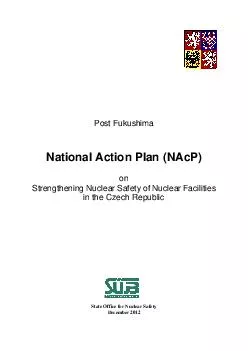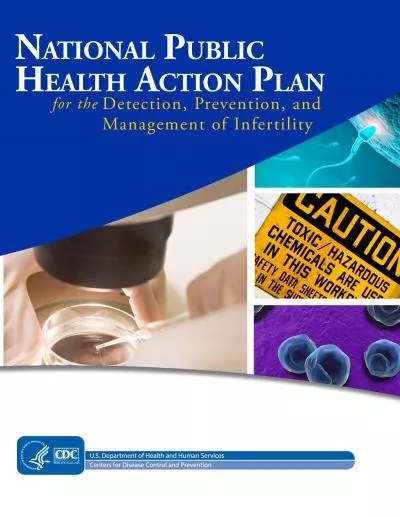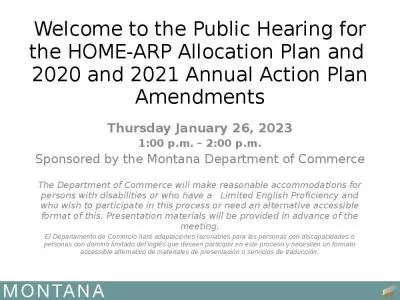PPT-Integrating the National Plan of Action (
Author : kittie-lecroy | Published Date : 2016-07-01
NPoA of the APRM into Existing Planning Frameworks PRSP NDP Some insights from the MDGs Osten Chulu UNDP Regional Service Centre for Africa Workshop on Harmonizing
Presentation Embed Code
Download Presentation
Download Presentation The PPT/PDF document "Integrating the National Plan of Action ..." is the property of its rightful owner. Permission is granted to download and print the materials on this website for personal, non-commercial use only, and to display it on your personal computer provided you do not modify the materials and that you retain all copyright notices contained in the materials. By downloading content from our website, you accept the terms of this agreement.
Integrating the National Plan of Action (: Transcript
Download Rules Of Document
"Integrating the National Plan of Action ("The content belongs to its owner. You may download and print it for personal use, without modification, and keep all copyright notices. By downloading, you agree to these terms.
Related Documents

